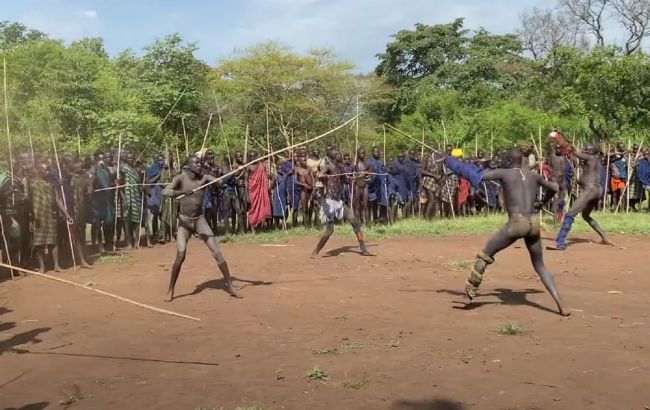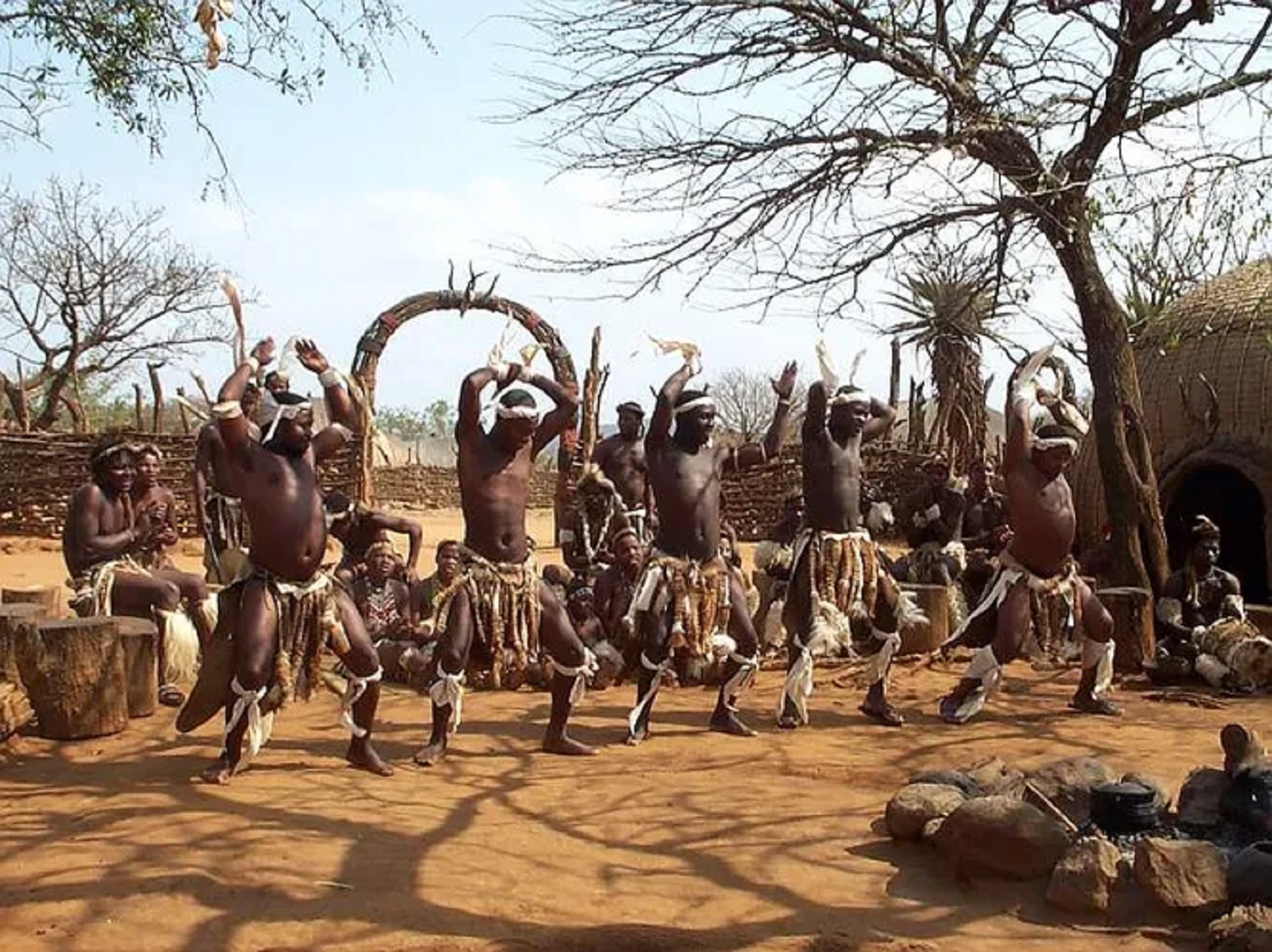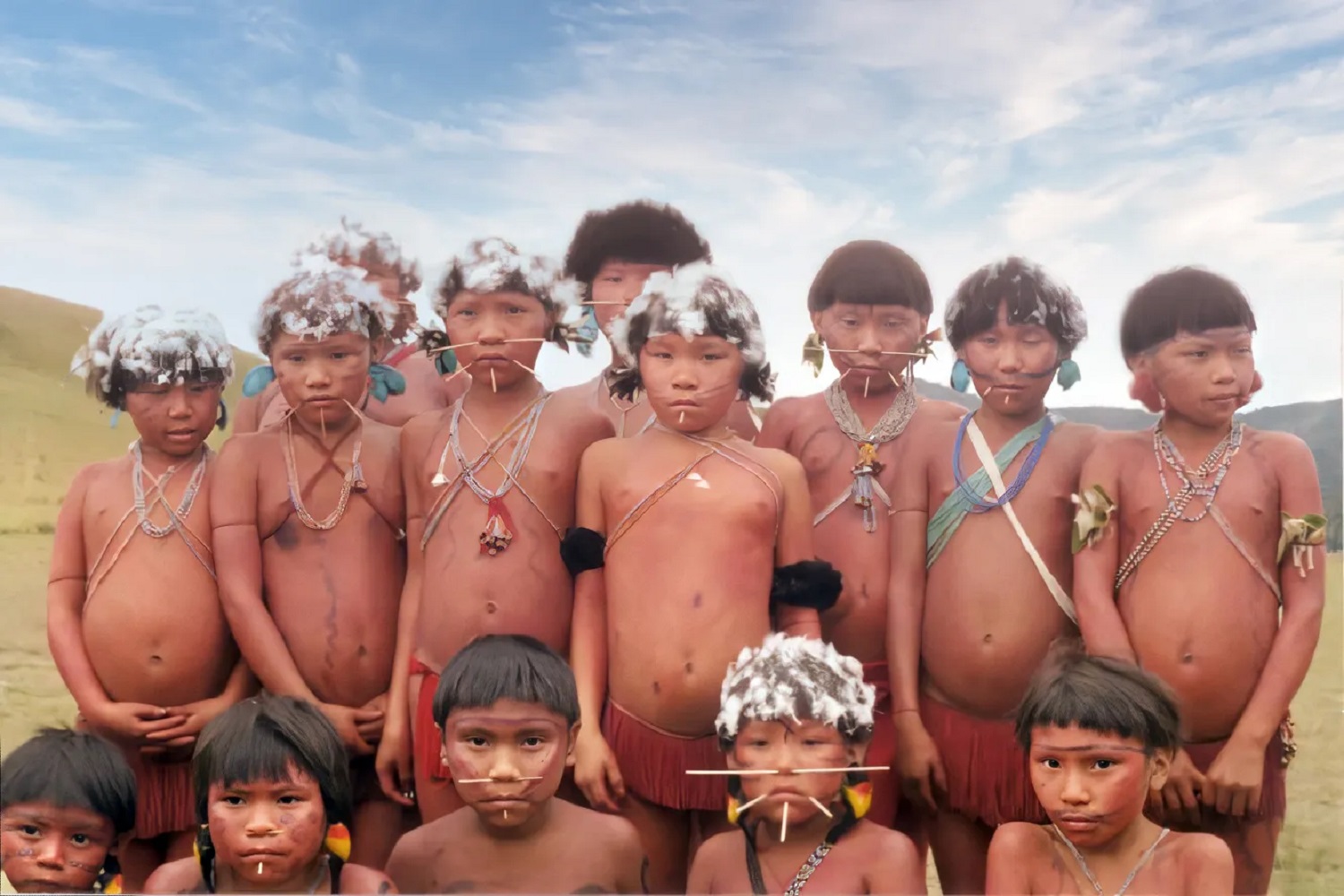Ancient and extreme: The wildest tribal rituals ever recorded
 Ancient rituals still practiced by wild tribes (screenshot: Youtube.com/@eBaader)
Ancient rituals still practiced by wild tribes (screenshot: Youtube.com/@eBaader)
For a resident of a modern metropolis, it’s hard to imagine that in some corners of the planet, there are still people who adhere to ancient rites that can astonish—or even shock—outsiders. Here are five of the strangest traditions still practiced in isolated tribes.
Painful tattoos in the tribes of Papua New Guinea
In the Tufi region of Papua New Guinea, local tribes perform unique tattooing rituals. Teenagers are laid on bamboo mats and receive intricate symbols carved into their backs, more than 450 painful incisions.
This ritual marks the transition from childhood to adulthood. In the neighboring Korafe tribe, girls receive facial tattoos instead. This symbolizes their initiation into womanhood. The painful procedure is seen as a sign of strength and maturity.
Circumcision in the Zulu tribe
In South Africa, the Zulu tribe holds a coming-of-age ritual for teenage boys. Young men are abducted and taken to a secret location accessible only to elderly women, who bring them food.
The boys are then laid on the ground, their bodies covered in white powder, and circumcised using blades and stones. The wounds are treated with animal feces; healing takes about four months.
Because of the brutality of the ritual, cases of death or serious injury are common. However, this is considered a necessary step toward manhood in Zulu culture.
 Zulu warriors (photo: Wikipedia)
Zulu warriors (photo: Wikipedia)
Bullet ant gloves in the Amazon
In the Satere-Mawe tribe of the Amazon jungle, boys undergo a harsh coming-of-age test. Teenagers head into the forest with a shaman to catch bullet ants—considered the most painful insects on Earth.
The bite of a bullet ant feels like a gunshot wound. The ants are placed into special woven gloves, which the boys must wear for ten minutes.
Surviving such pain proves their courage and endurance. Those who complete the ritual are considered full-fledged men of the tribe.
Consuming the ashes of the dead in the Yanomami tribe
In the Yanomami tribes of Venezuela and Brazil, an unusual funeral rite is practiced. They believe that a dead person's spirit will continue to live inside a relative who consumes their remains. After cremation, the ashes are mixed with a plantain soup.
This drink is given to relatives to drink it. For the tribe, it is an act of love, honor, and spiritual connection. Scientifically speaking, it’s unsettling—but for the Yanomami, it's the highest form of remembrance. Yanomami children (photo: Wikipedia)
Yanomami children (photo: Wikipedia)
Finger amputation in the Dani tribe
In the Baliem Valley of Western Papua, the Dani tribe observes a very painful mourning ritual. When a close family member dies, relatives cut off parts of their fingers. This symbolizes deep sorrow and the loss of a part of themselves along with the deceased.
In addition to amputation, they smear their faces with ash and clay. In Dani culture, fingers represent not just the body but also a person's soul.
Previously, we wrote about 5 Ukrainian villages that impress more than European resorts.
Sources: websites Rarest, Live Science, and Wikipedia.

